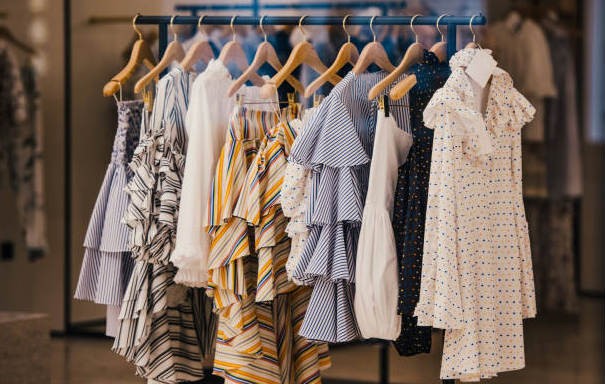The Evolution and Essence of Women’s Clothing
The Evolution and Essence of Women’s Clothing
Blog Article
The clothing worn by women has always not been merely an opportunity to cover the body; it reflects cultural values, societal standards, and individual identities. Over the centuries, the styles, fabrics and the purpose behind the clothes of women have seen sweeping transformations, influenced by history change, innovations, and the changing views of femininity. From corsets with a structured design of the Victorian era to the minimal and inclusive style that women's clothes are in today depicts the history of adaption and evolution. It reflects not only the fashion trends of the time, but also the roles and freedoms of women in society. Fashion, in essence, has become a powerful language that women use to tell their thoughts and desires.
The most striking characteristics of female clothing is its adaptability to changing times and trends. In the Roaring Twenties, for example, introduced flapper dresses that represented a new freedom and revolt against traditional fashions. Sixties saw bold patterns and shorter hemlines that reflected a period of social revolution. The modern age of fashion is inclusive, providing options that cater to diverse kinds of body shapes, cultures as well as environmental issues. Fashion designers today are focused on mixing the aesthetics with comfort, so that women are comfortable and at ease in their attire. The adaptability of women's clothing continues to reflect the dynamic nature of society itself.
Cultural diversity plays a crucial role in shaping women's clothing, adding depth and variety to the fashion scene worldwide. Traditional attire, such as the saris of India, hanboks in Korea as well as kimonos from Japan is a tribute to the diverse heritage and artistic flair from different areas. The clothes often showcase intricate craftsmanship, vibrant colors and patterns that carry cultural significance. While traditional clothing remains an integral part of a lot of cultures, contemporary fashions have successfully melded heritage with modern styles. This has led to a fresh wave of clothing that is respectful of tradition and embraces global trends, allowing women to celebrate their heritage while remaining trendy.
Sustainability has become an important aspect of the fashion industry of pavine clothing store, as environmental concerns drive change in how clothing is designed, produced, and consumed. The fast fashion model, that focuses on disposable, cheap clothing, has faced criticism for its environmental and social negative impact. In response, many women are embracing more sustainable options, like eco-friendly fabrics, second-hand shopping, and upcycled designs. Fashion companies are also adopting ethical business practices, assuring decent working conditions for their employees and decreasing consumption. This shift toward sustainability not only benefits the environment but also allows women to make choices that align with their values, creating a meaningful link between responsible fashion and style. To acquire additional information please visit official site
The clothing of women isn't just about fashion, but it's a medium for self-expression and empowerment. An appropriate outfit will convey confidence, authority, or individuality. It can affect how women feel as well as how they are perceived. Formal attire such as suits reflect professionalism and power While casual or innovative styles express creativity and freedom. Fashion that is gender neutral has further expanded these possibilities, allowing women to explore fashions that are in opposition to traditional expectations. The freedom to pick and alter one's appearance is a testament to the advancement women have made to establish their identities and breaking societal barriers, making fashion a celebration of personal style.
Clothing for women goes beyond than a mere design and fabric. It's an ode to the past, culture, individuality, and progress. From old-fashioned traditions to the latest technological advances, fashion has changed to reflect the ever-changing gender roles and expectations of women. Today, women's fashion is a celebration of diversity, sustainability and self-expression. It offers an endless array of possibilities for creative expression and empowerment. Fashion continues to evolve to the latest trends and cultural shifts, it's an integral and dynamic element of women's daily lives. Whether through cultural heritage as well as sustainable fashions or bold assertions, women's clothing continues to encourage and empower, celebrating the uniqueness of every individual.